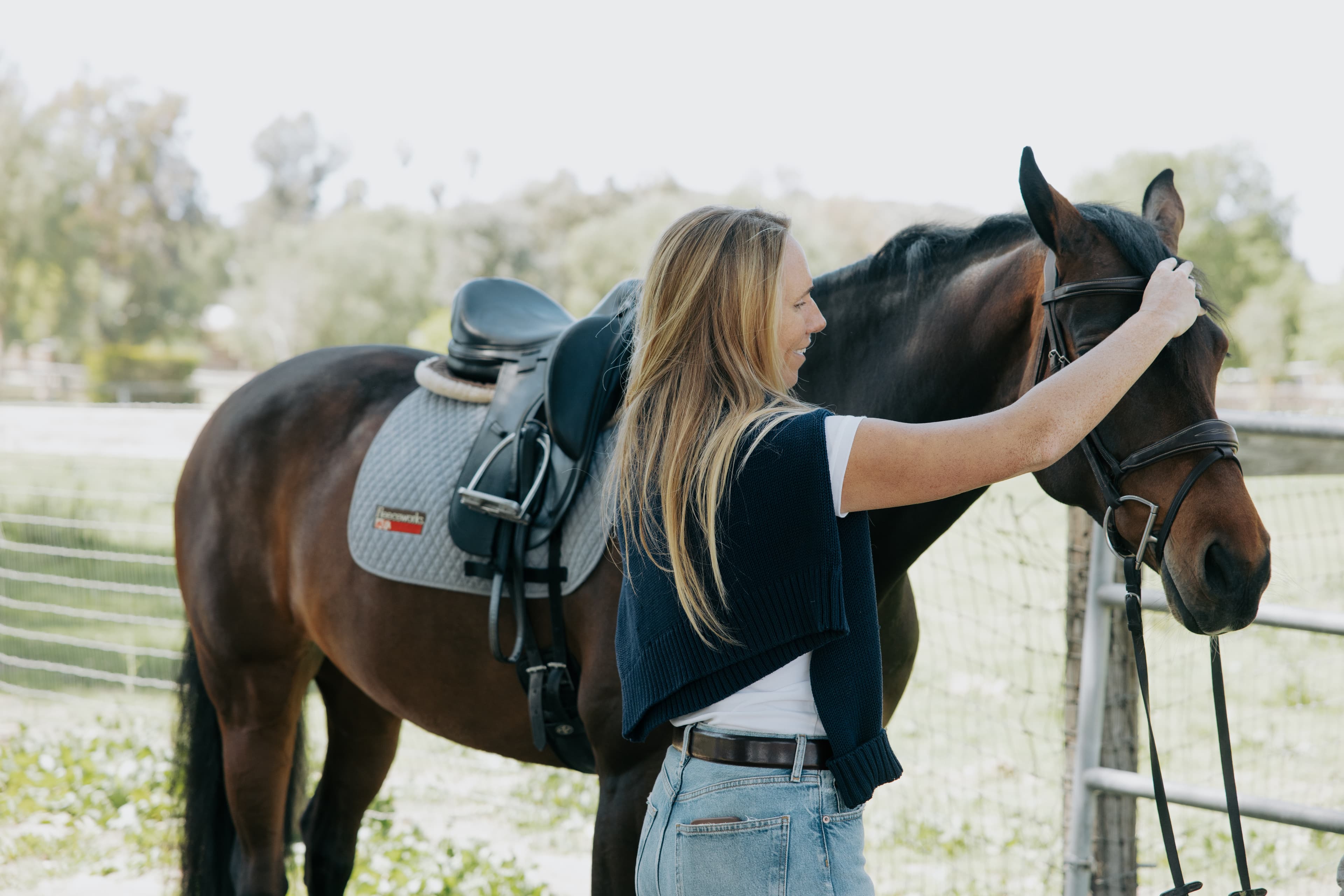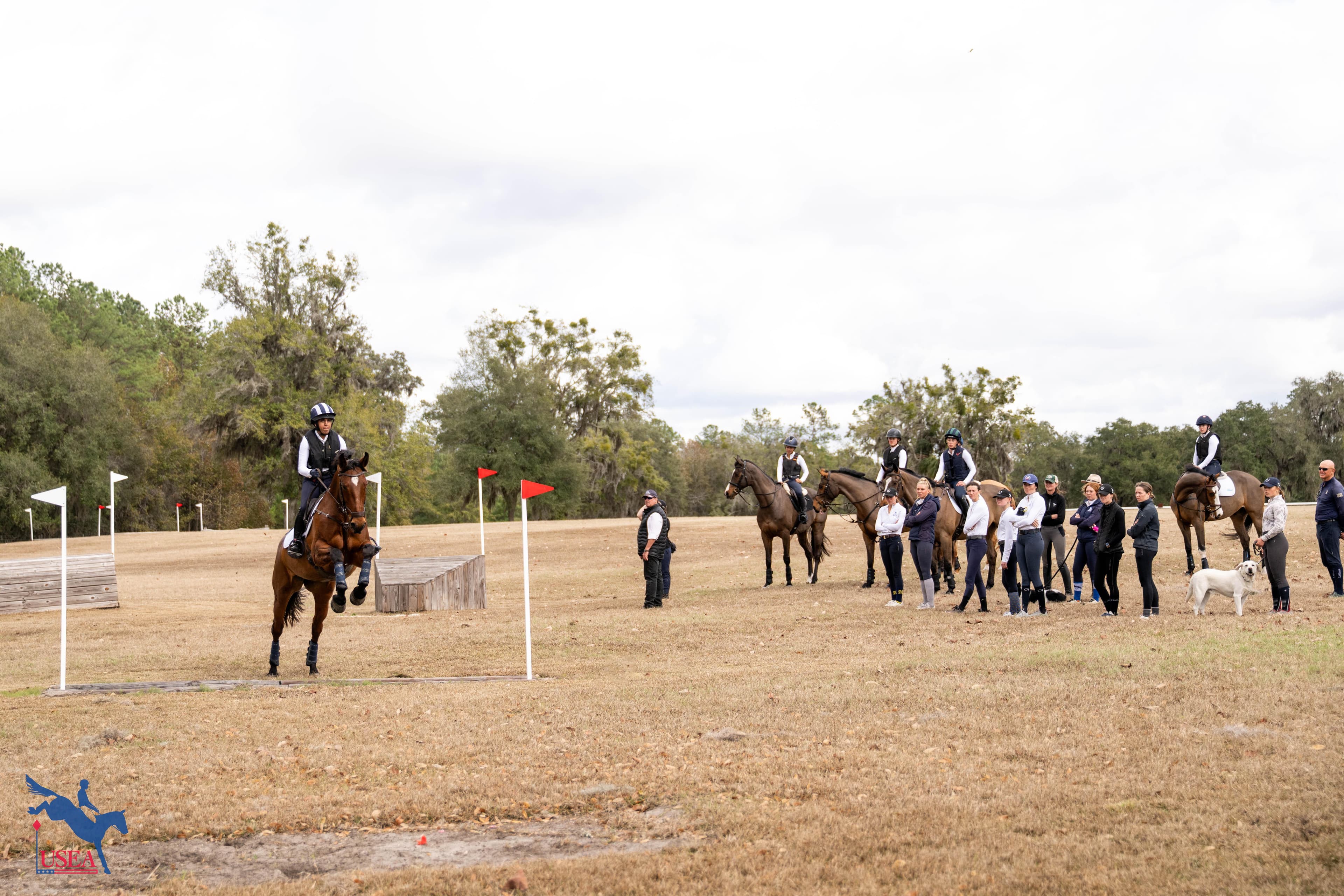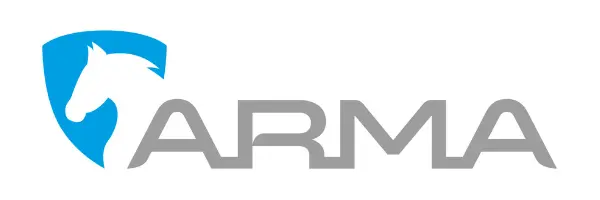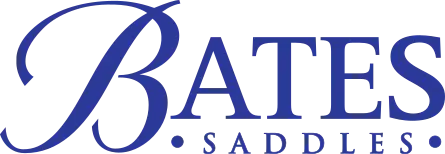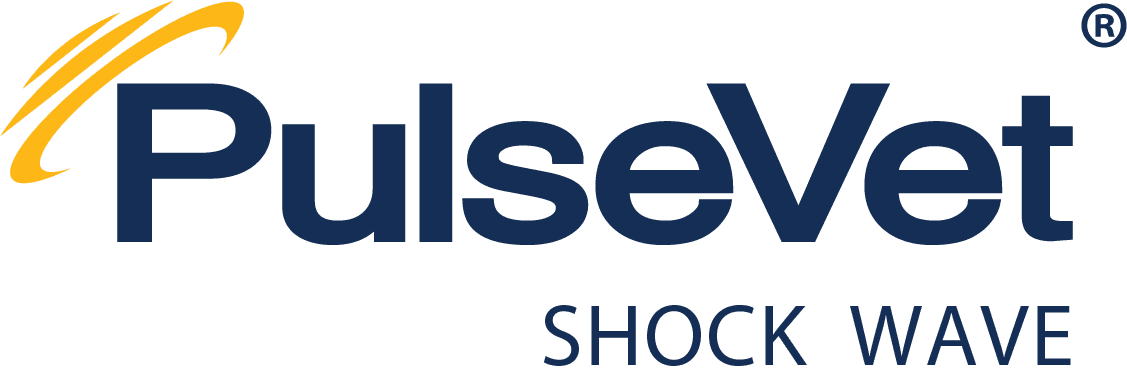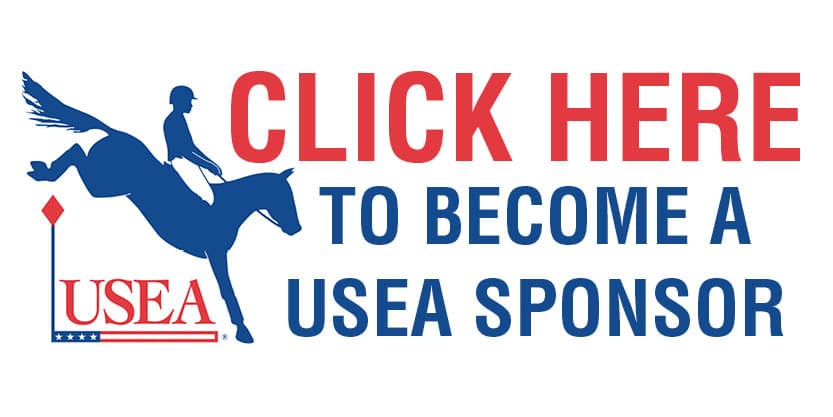Daniel Stewart's Tip of the Month: Resolution Reminders
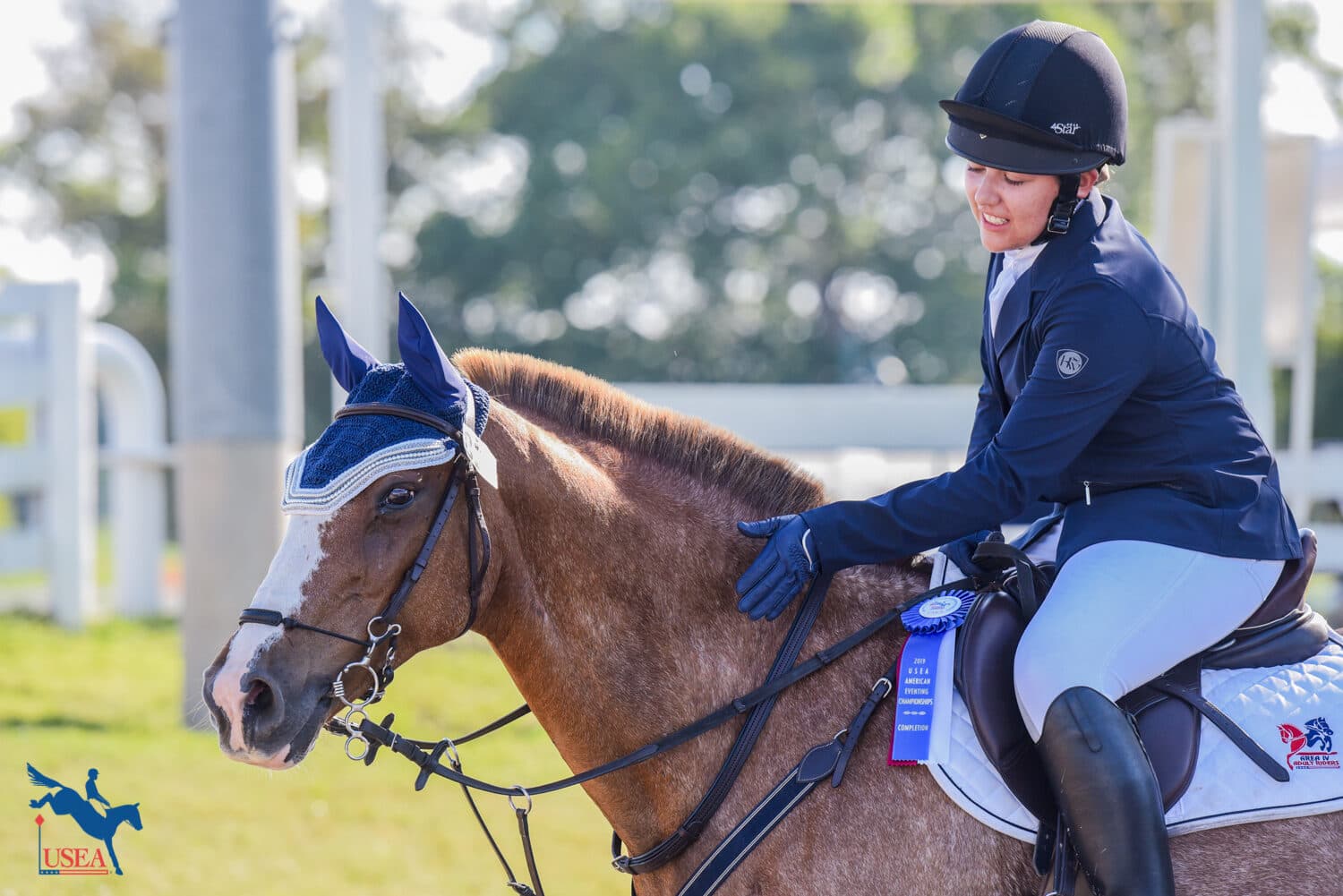
If you’re like most people there’s a pretty good chance you’re going to make a New Year's resolution this year . . . and if you’re like most people there’s also a pretty good chance you’re going to have a really hard time hanging onto it past the beginning of February!
We all have good intentions in life, but sometimes life gets in the way of our good intentions. One reason many people struggle keeping New Year’s resolutions (or achieving any other goal for that matter) is that life can sometimes be very distracting. Staying mindful of our goals is, therefore, one of the most important factors in determining whether or not we’ll achieve them, and that’s where resolution-reminders come in.
Resolution-reminders, also called mental triggers, work by giving you timely reminders of the things you’re hoping to remember. After all, if you can remember them, there’s a much better chance you’ll keep doing them. One of the best ways to do this is to link your goals to things that occur often in your life. For example, taping the note, “Health not hot dogs” on your refrigerator (and another on the hot dogs inside) is a great way of reminding yourself that you're making an effort to eat healthier this year. In this way, the note does two important things: first it's a reminder, and second, it's a motivator.
Resolution reminders also come in the three other common forms. Below are examples of these different triggers, each one of them designed to help a rider overcome show jitters:
- Sounds: Remind yourself to smile every time you hear the ding of the bell before entering the dressage arena, or the sound of your jumping class being called over the show-ground speakers.
- Locations: Remind yourself to repeat a motivating motto (i.e. Relax, Ride, Repeat) every time you enter the cross-country start box, or pass the letter “C” in a dressage test.
- Movements: Remind yourself to take a deep, relaxing breath every time you put on your boots or snap your helmet strap.
Interestingly, resolution-reminders are a part of a larger mental coaching technique called classical conditioning, automatically conditioning yourself to do things like smile every time you hear the bell, repeat a motivating mantra every time you enter the start box, and take a deep breath every time you put on your boots. The idea behind this kind of mental conditioning is that, with a little time and practice, you’ll no longer need to try and remember to do these positive things, your brain will actually just link the sounds, locations, and movements to those actions automatically… meaning you’ll no longer need to remember to do them at all, because they’ll happen without you even thinking about it!
In the end - and in the beginning of 2020 - always remember that your goals won’t work unless you do. You just need to remember what means the most to you!
I wish you a wonderful Holiday Season and a Happy New Year and hope you’ve enjoyed my 2019 monthly tips. I also hope to see you in one of my 2020 riding clinics or training camps around the country. For more information visit https://pressureproofacademy.com.

